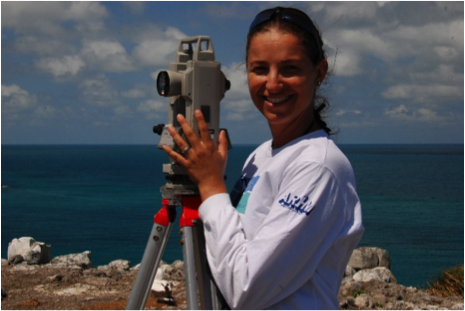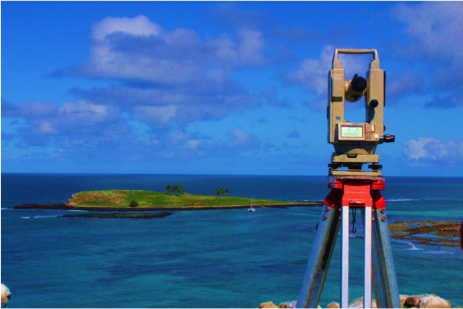A tour through the ocean: understanding the comings and goings of humpback whales
- Bate-papo com Netuno

- 14 de jul. de 2016
- 4 min de leitura
By Daniela Abras
Edited by Katyanne M. Shoemaker
It is immensely challenging to try to understand the mechanisms that move a 15 meter-long and 40 ton organism 9,000 km yearly.
Humpback whales migrate every year from the feeding grounds of Antarctica to the mating grounds of Brazil. The route, which is about 4,500 km each way, is made twice a year and typically takes about 2 months going, and 2 months coming back. By including their 4 month stay in Brazil mating, these whales spend 8 months of the year without food. That’s a long fast! To accomplish this feat, they need to eat a lot during the 4 months in Antarctica, and they need to stock up on energy reserves, in the form of body fat.

But what do these whales eat? As the adorable Dory, from Disney/Pixar’s Finding Nemo would say, whales don't eat fish, they eat krill. Krill are small crustaceans, similar to shrimp, that are about 5cm long and live in giant clusters (swarms). Krill are the base of the vertebrate food chain in Antarctica, where most species depend on it, directly or not. Many species of fish, seals, penguins, and whales prey almost exclusively on it. Some species, like Orca whales and Leopard seals, prey on fish or penguins. This is why the food chain in Antarctica has been called by scientists “krill-dependent.”

Every year, whales arrive at the Brazilian coast in July and stay there until November. There are times when the population arrives slightly earlier in the year and stay longer, but they can also come later in the season and leave more quickly. In some years, there are more whales than in others. This started to raise some questions: When they stay in Abrolhos longer, is it because they fed better? When they leave the bank earlier than average, is it because of high water temperatures? Or do these things not influence their behavior at all, and they rely mostly on genetic programming? What initiates the migration process?
My Master's research focused on these questions to try to understand the diverse environmental mechanisms influencing the migratory dynamics of humpback whales. I primarily focused on the availability of their main source of energy. To do that, I analyzed parameters such as photoperiod, water temperature in both Abrolhos and in Scotia Sea (where they stay in Antarctica), and the availability of krill during summer. I compared this to 7 years of sighting data collected at a fixed location around the Abrolhos Archipelago. To observe the whales, a piece of topography equipment with 30X zoom, called a theodolite, was used. For the 5 months the whales were in Abrolhos, we observed the whales daily, and found that the population's abundance fluctuates throughout the reproductive season with a gradual increase in July, followed by the peak in August/September, and then a gradual decrease, until no more whales were present by the end of November.
Watching whales with the theodolite, from Abrolhos Archipelago.
The results were more than expected. In years when there were more krill available, the whales fed more and had greater energy stores. This allowed them to invest a longer period of time on reproduction and more whales were seen in Abrolhos. The opposite was also true. In years with less krill, fewer whales were seen in Abrolhos and their time at Abrolhos was shortened. The water temperature didn't seem to have significant influence on their migration, however it assisted in indicating the starting moment for the migration – the migratory timing.
The most surprising result was related to the photoperiod (length of daylight in a day). No other research had related the migratory dynamics with photoperiod, perhaps because scientists thought it was too obvious. But, sometimes, it's important to understand the obvious! The photoperiod in Antarctica has a huge difference between summer (18 hours of light) and winter (6 hours), while in Abrolhos, the difference from summer (13 h) and winter (11h) is far smaller.
Therefore, as my dissertation's conclusion, I discovered that the humpback whale's migration starts and is influenced by the sharp lowering of photoperiod when they are in Antarctica. When in Abrolhos, migration is impacted by the sum of 3 factors: the photoperiod (which is more steady than in Antarctica), the sea surface temperature (this slightly increases gradually during the reproductive season) and krill availability while in Antarctica.
It was difficult to analyze such a high volume of data, linking different environmental parameters in order to answer all of my research questions. With these results, we have started to understand complex migratory dynamics and the importance of krill in the maintenance of the humpback's population.
If you want to know more about my Master's dissertation, contact me via email at daniabras@gmail.com
The humpback whale population was almost driven to extinction in the early 20th century from intensive commercial hunting. Before commercial whaling, the estimated population was around 25,000 individuals, but it dropped to about 800 individuals while at the peak of whaling. After the whale-hunting moratorium in 1986, the population recovered and is now around 15,000 individuals today! In 2015, humpback whales were officially removed from the endangered species list in Brazil. This is a victory for the whales as well as for those of us that have the privilege of watching them arrive annually, in bigger numbers every time, performing their aquatic ballet. Go meet them! Between July and November, they are concentrated on the Abrolhos region, but they can also be seen from the states of Rio Grande do Norte state to Rio de Janeiro.
Want to know more about humpback whales? Visit the Brazilian Humpback Whale Institute website: www.baleiajubarte.org.br

About:

Daniela Abras is from Belo Horizonte, has a bachelor’s degree in Marine Biology from UFRJ, and has a Masters degree in Oceanography from USP. She has loved cetaceans since she was 8 years old, when she did a school project about them. When she was a teenager, she would say that she wanted to work with whales, but was never taken seriously. In the early 90s, she heard the famous National Geographic “Whale Songs” vinyl record and discovered the “Save the whales” project. From all of this obstinacy, her dream to study and protect whales came to life. She is now a researcher for the Brazilian Humpback Whale Institute, dedicating herself daily to studying these magnificent animals.








Commenti